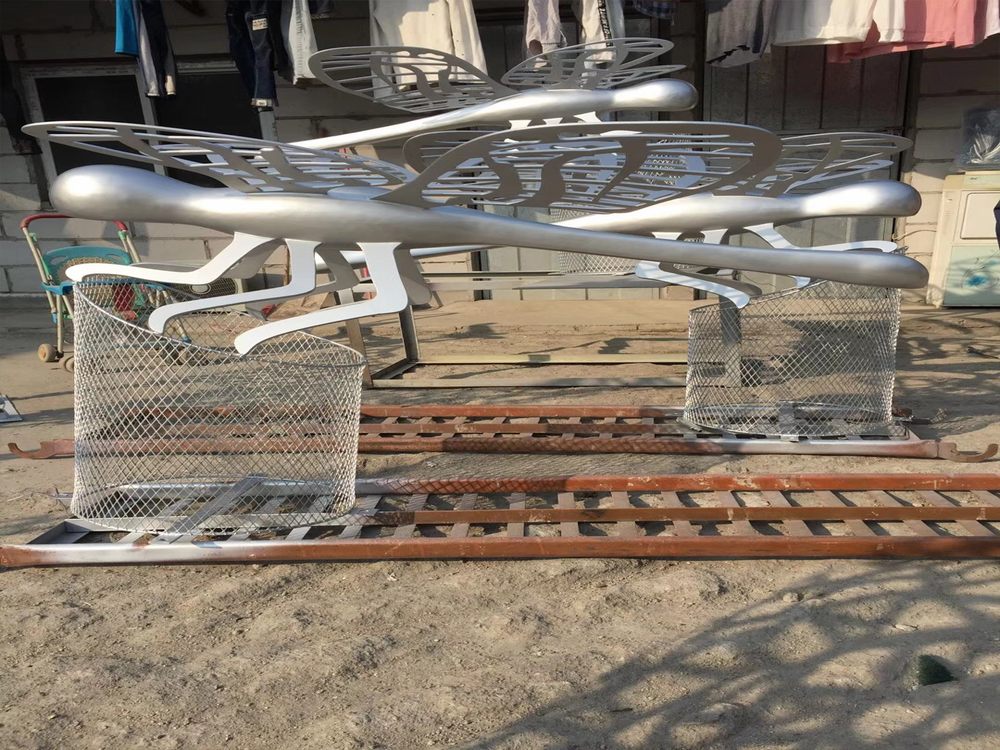
Wood carving is an art form that transforms raw timber into intricate designs, and achieving realistic textures requires mastering specific techniques. Among the most common methods, relief carving stands out for its ability to create depth and dimension by carving figures into a flat wooden surface. This technique is ideal for adding lifelike details to scenes or portraits.
Another popular approach is chip carving, which involves removing small chips of wood to form geometric patterns or delicate textures. It’s perfect for decorative accents and fine detailing. Whittling, a simpler yet effective technique, uses a knife to shape wood into smooth, flowing textures, often employed for small figurines or rustic designs.
For more advanced textures, burnishing with specialized tools can mimic natural surfaces like tree bark or animal fur. Additionally, power carving with rotary tools allows for precise, high-detail work, especially useful for intricate scales or feathers.
Each technique offers unique advantages, and combining them can elevate your wood carving projects to new levels of realism. Whether you're a beginner or an experienced carver, experimenting with these methods will help you achieve stunning, lifelike results.

